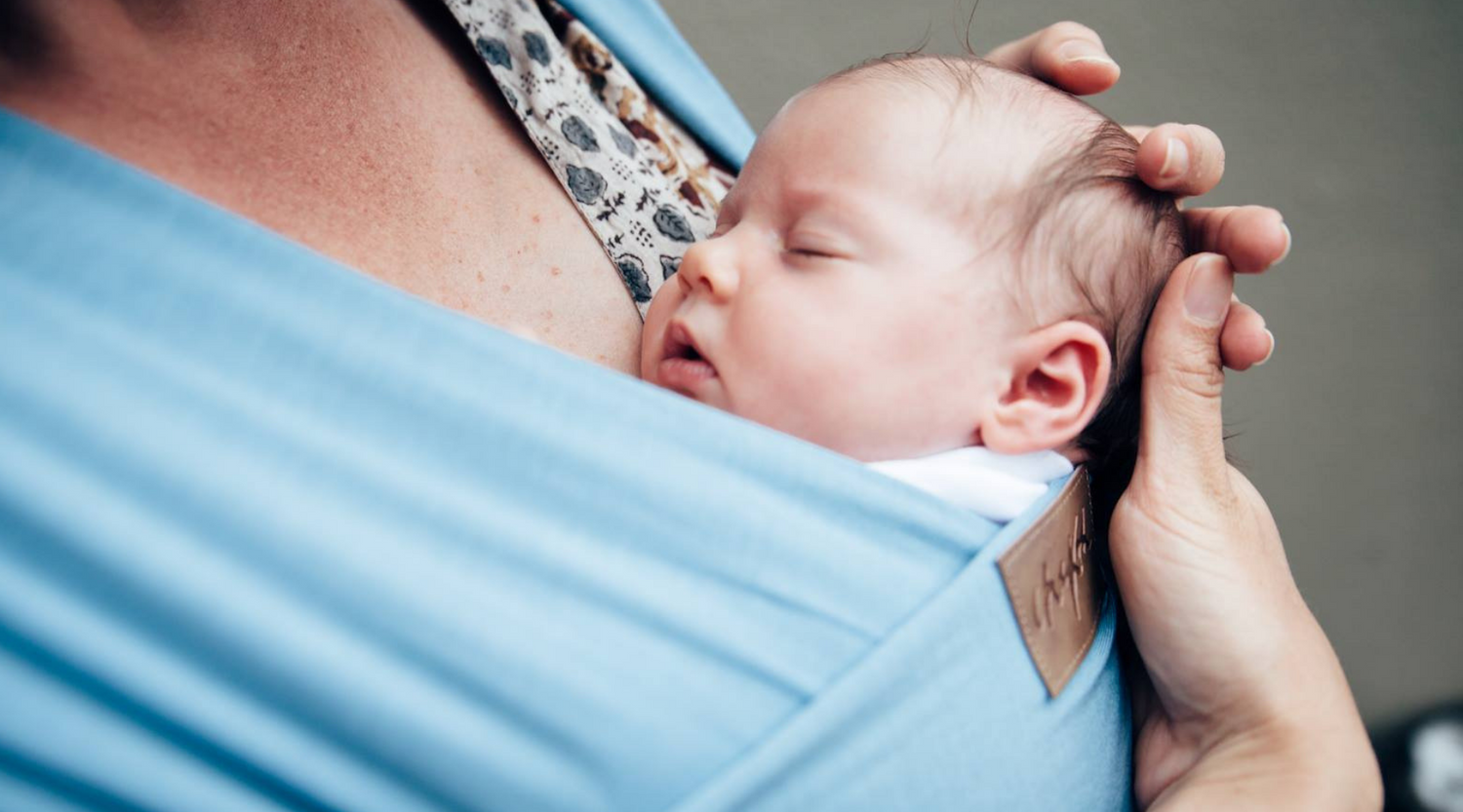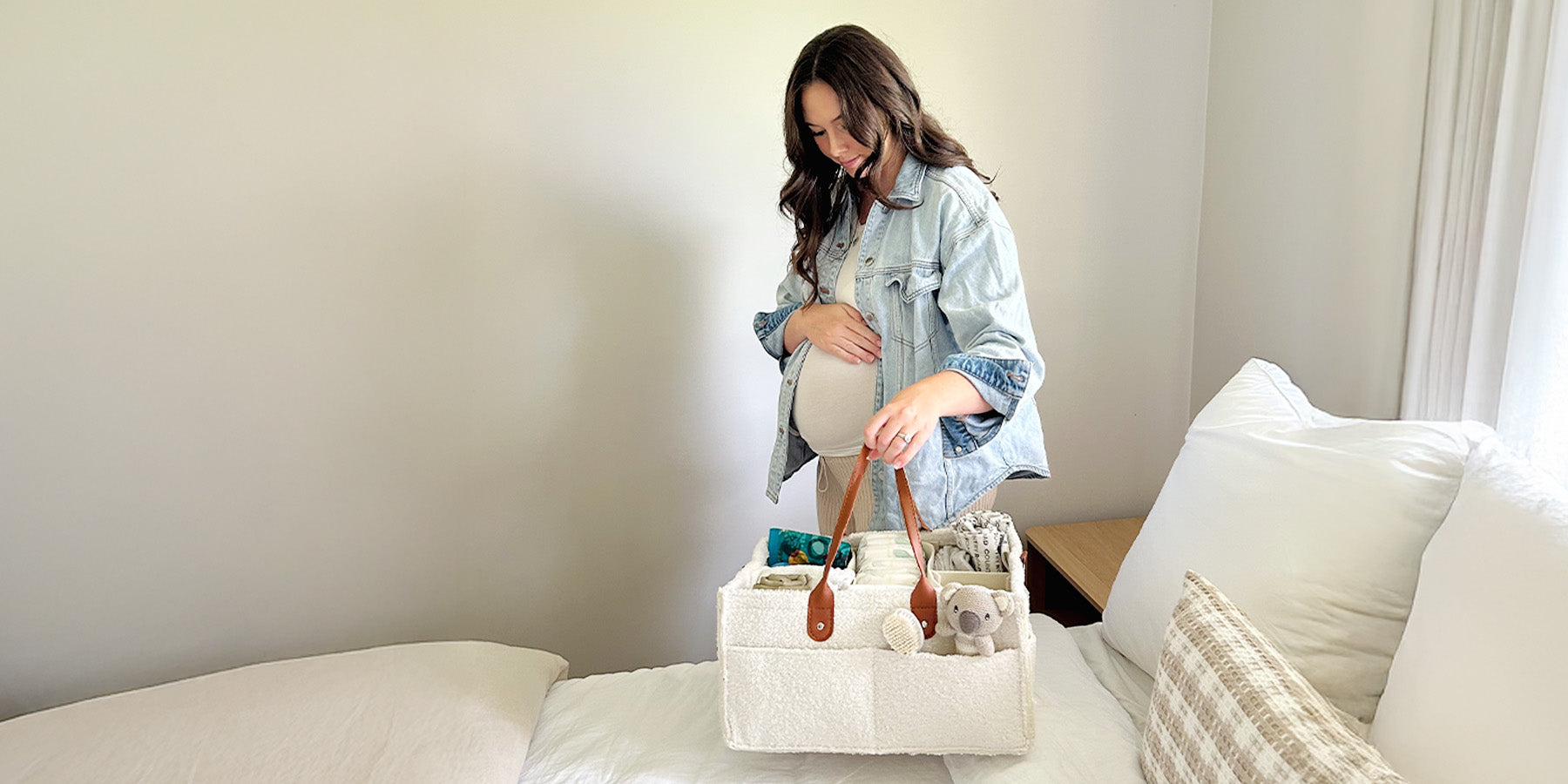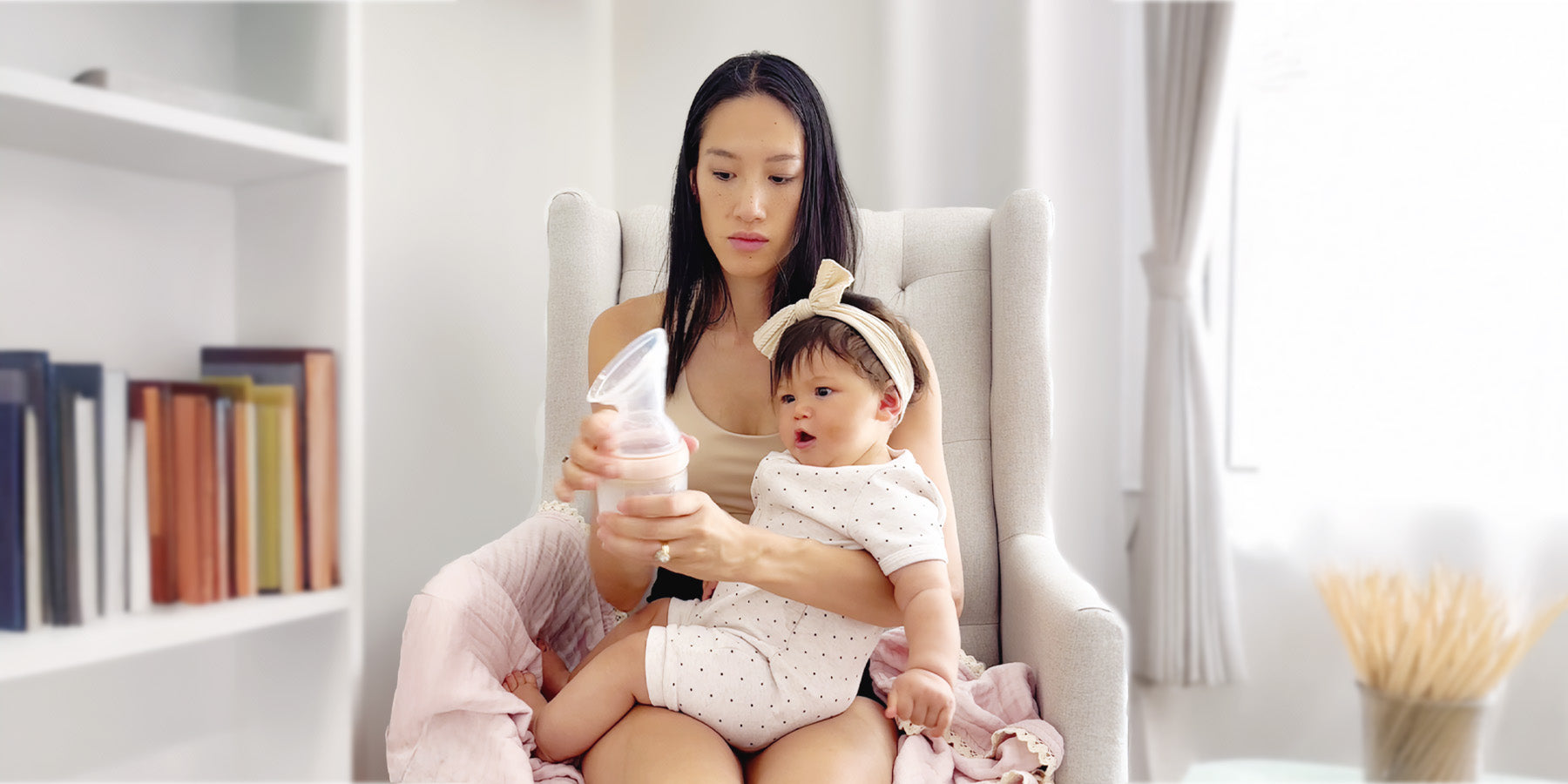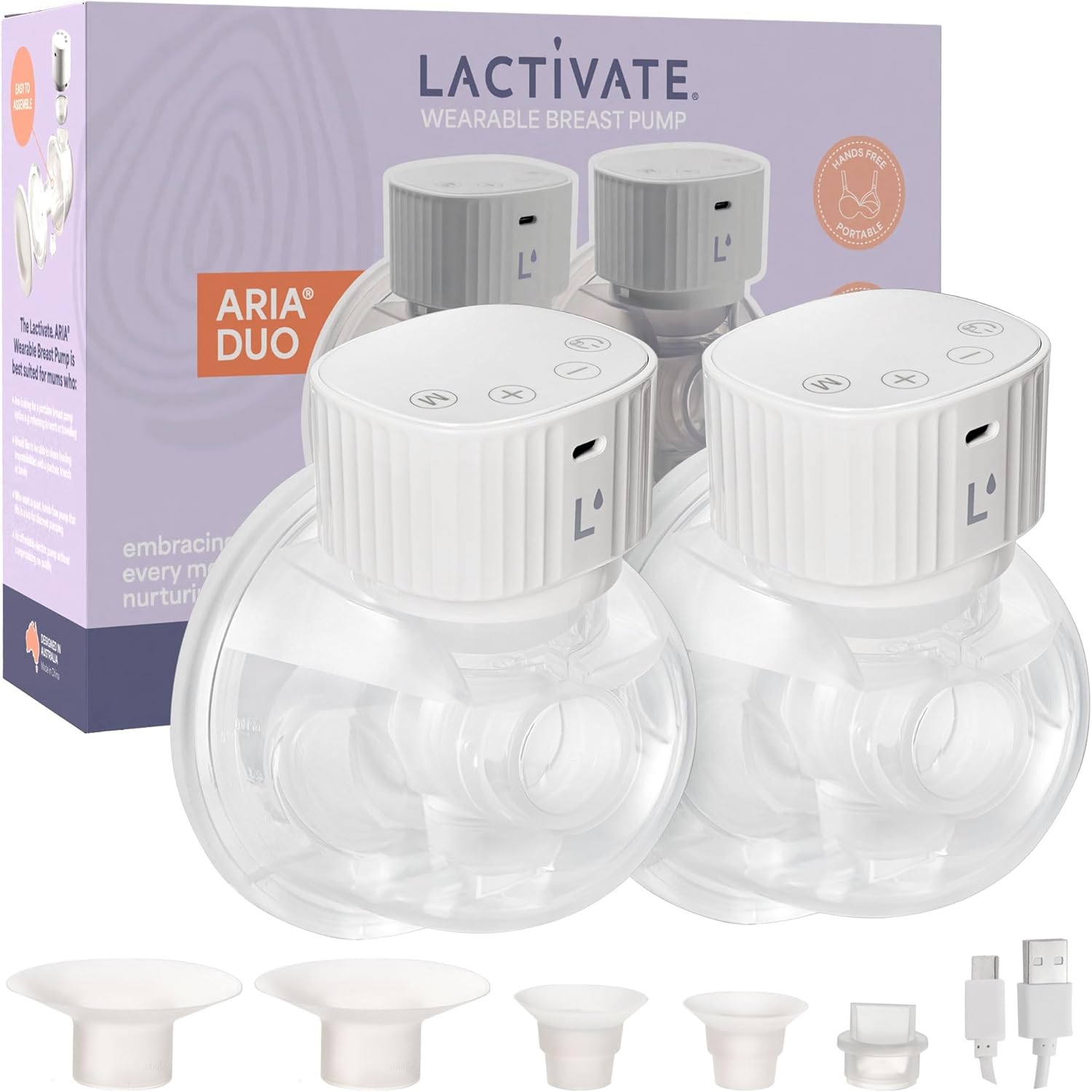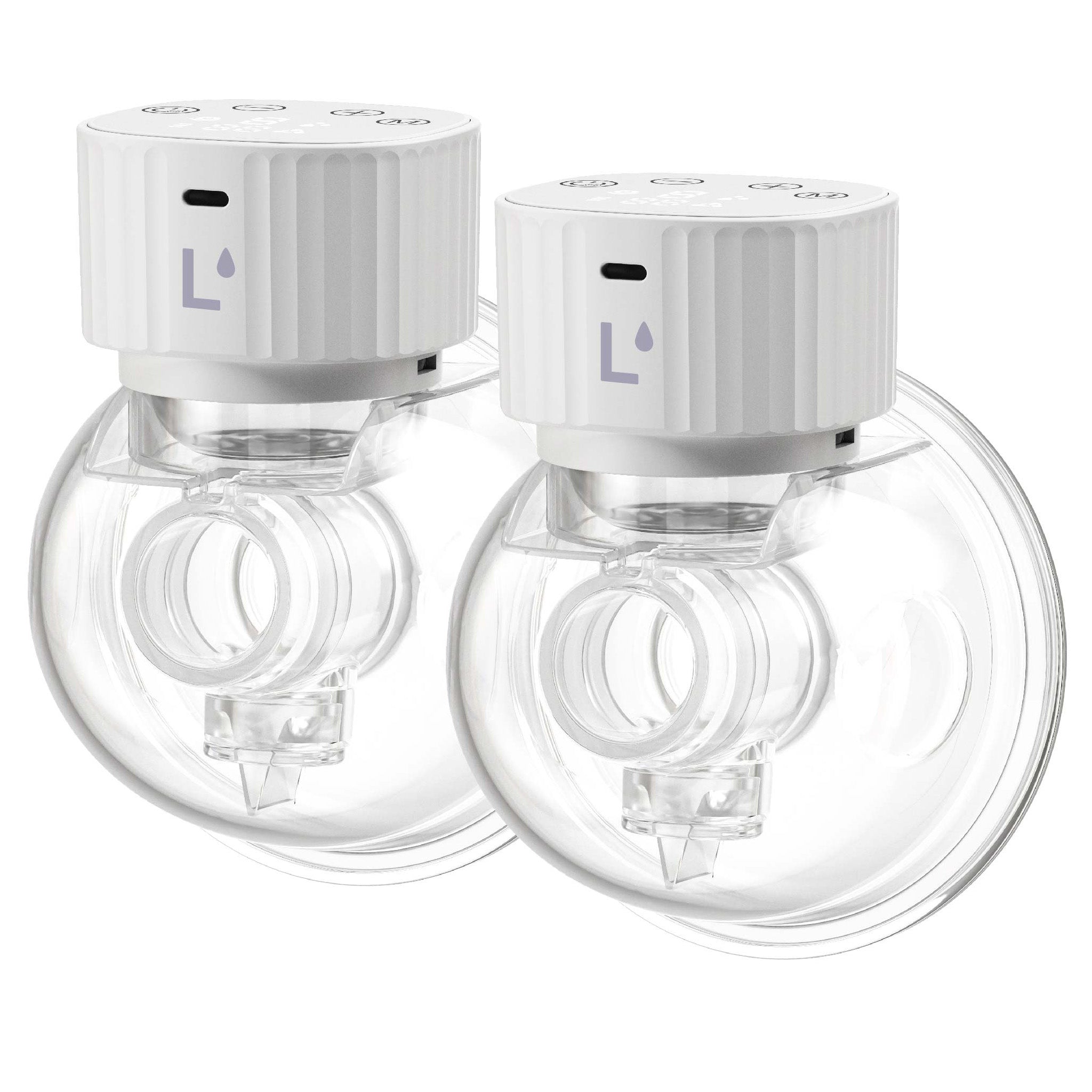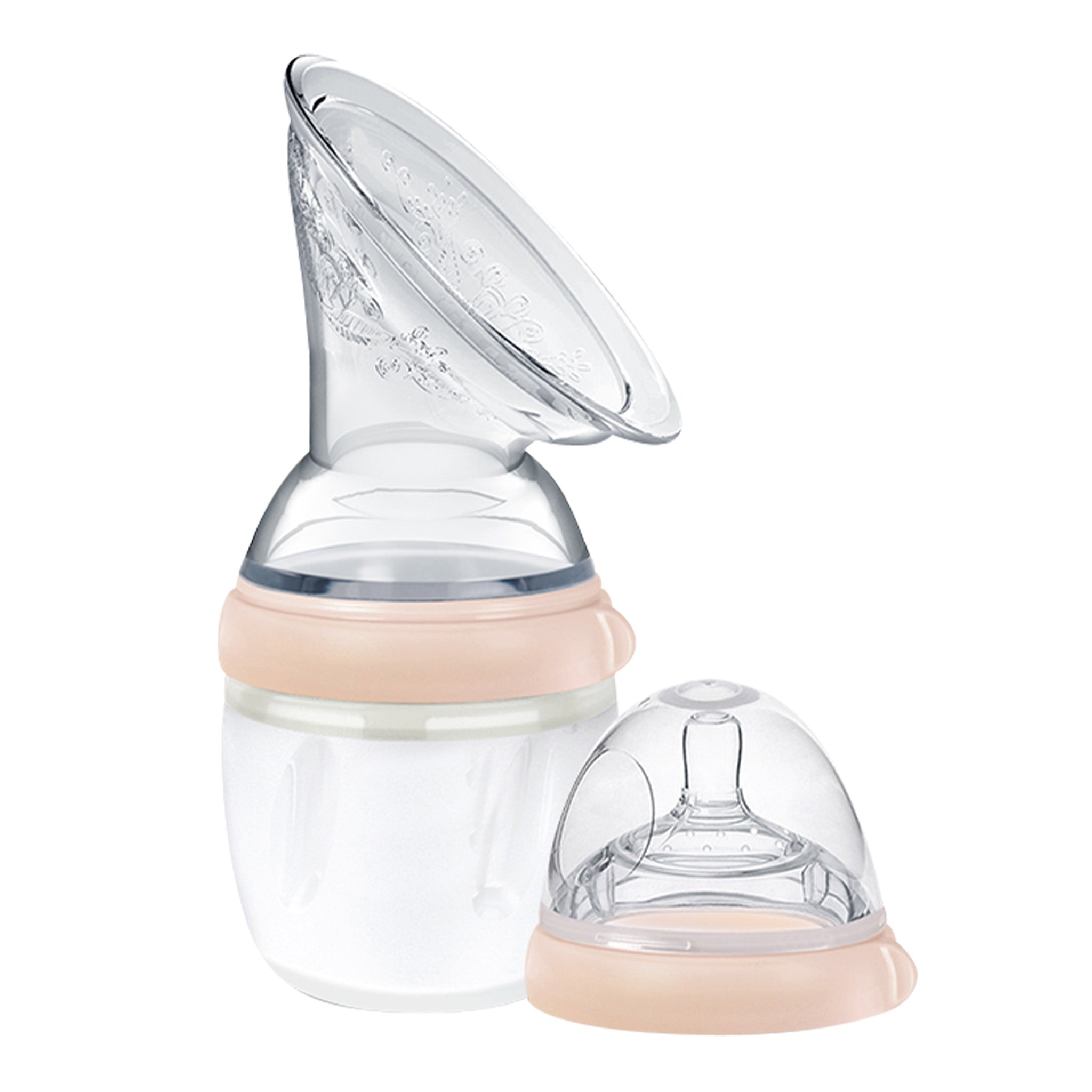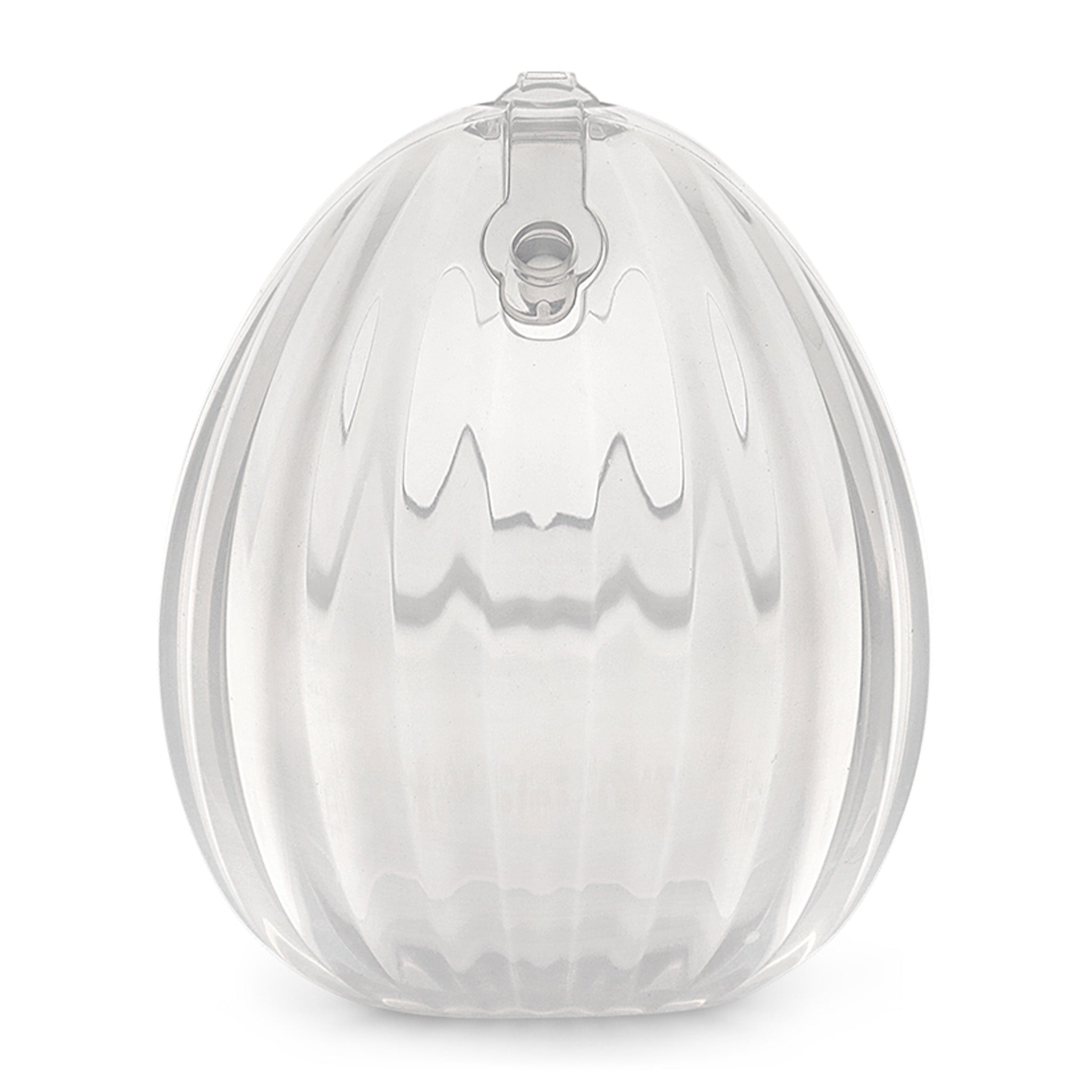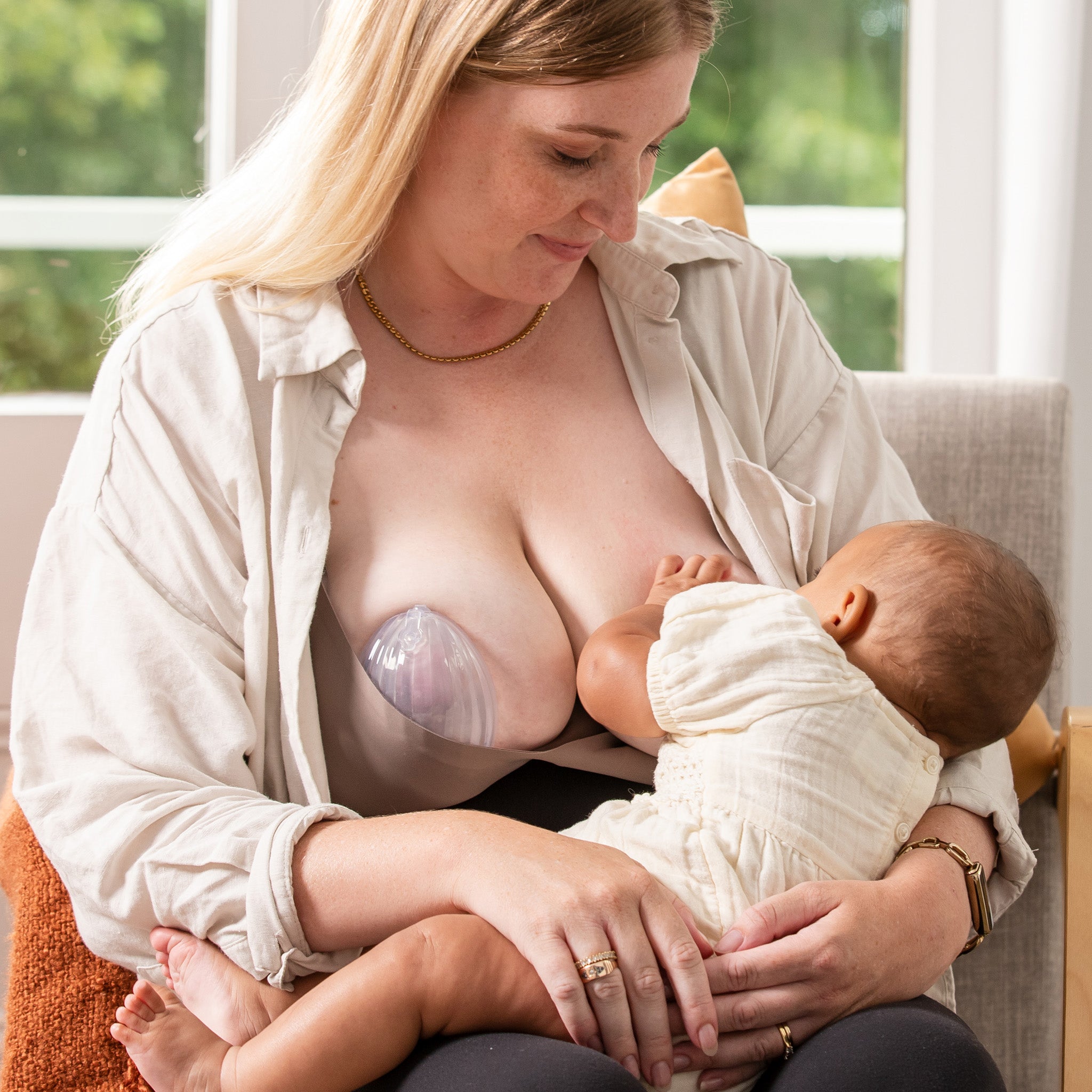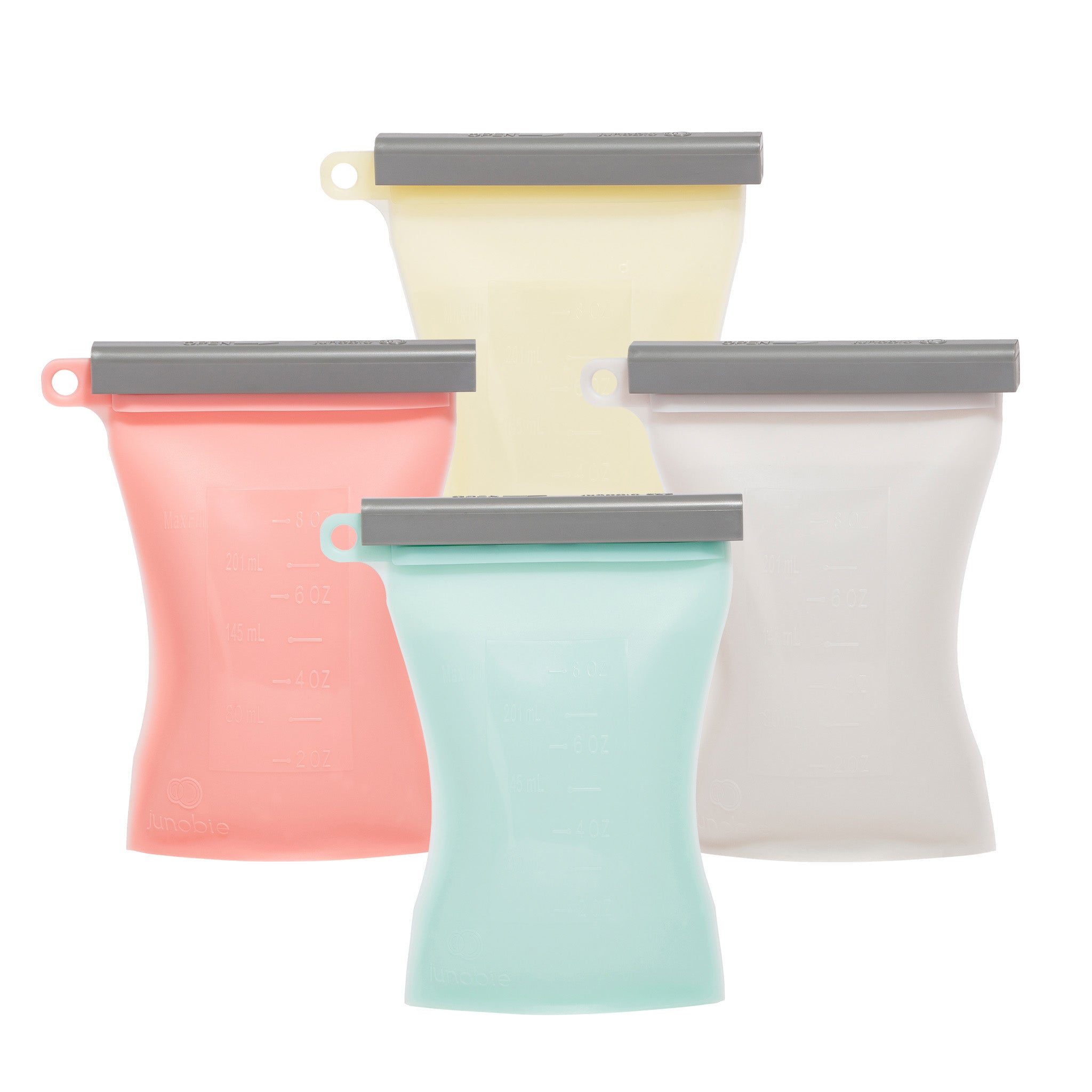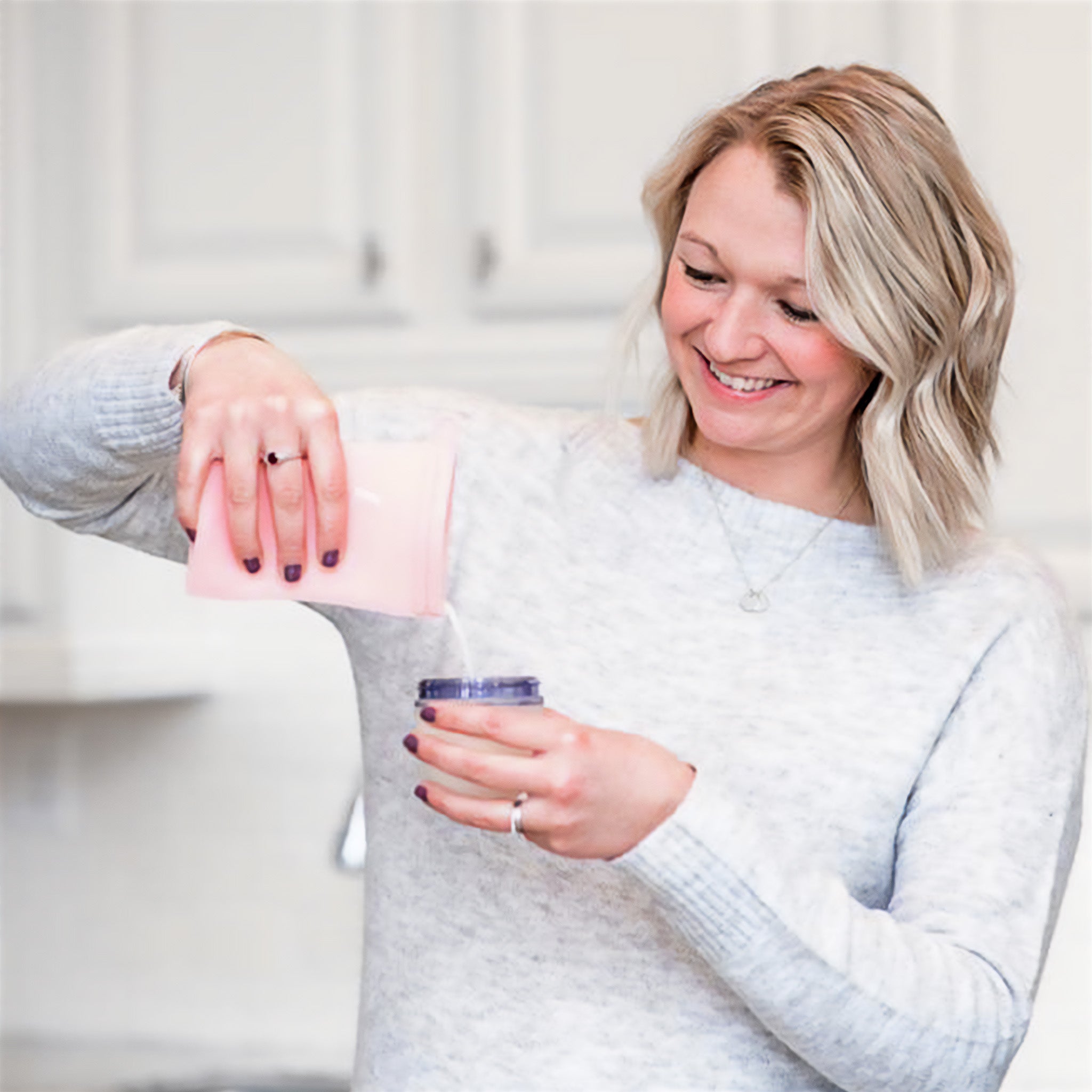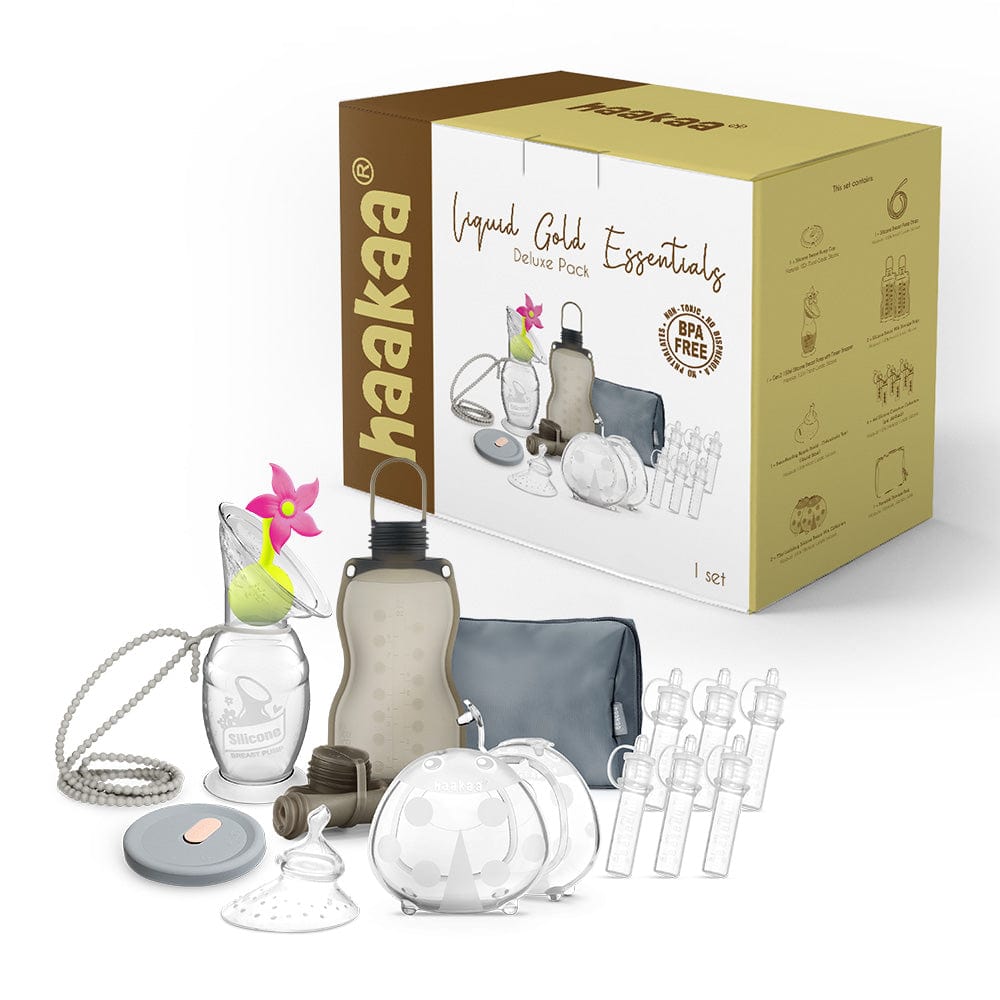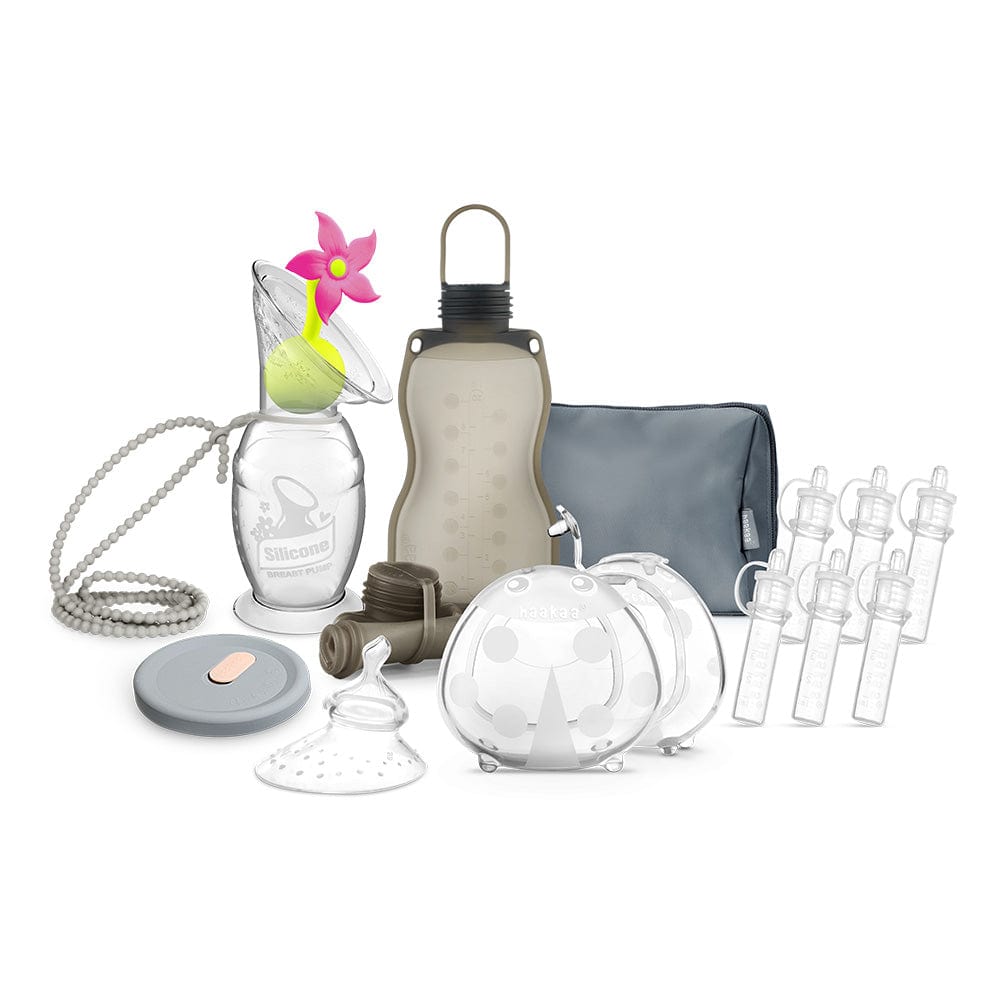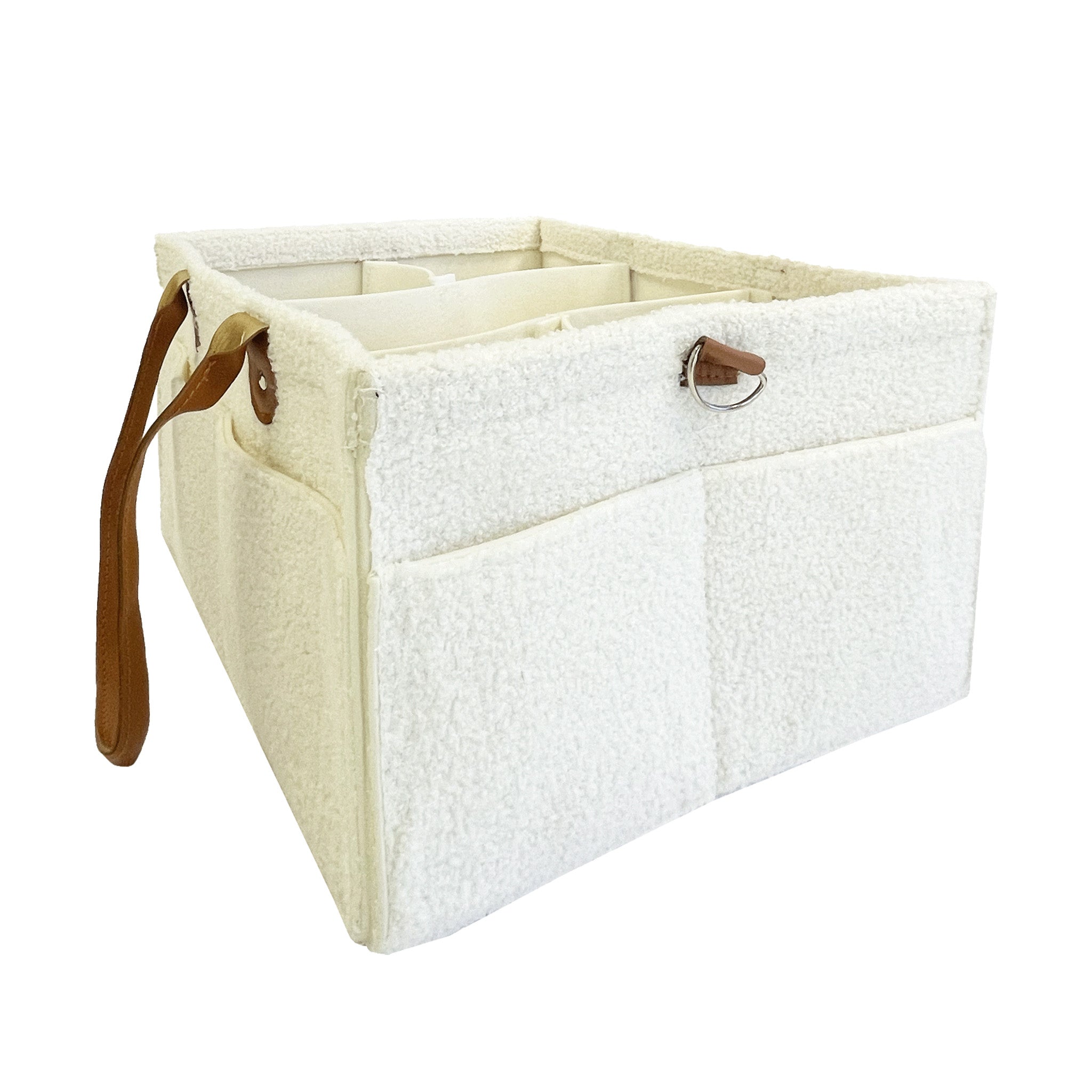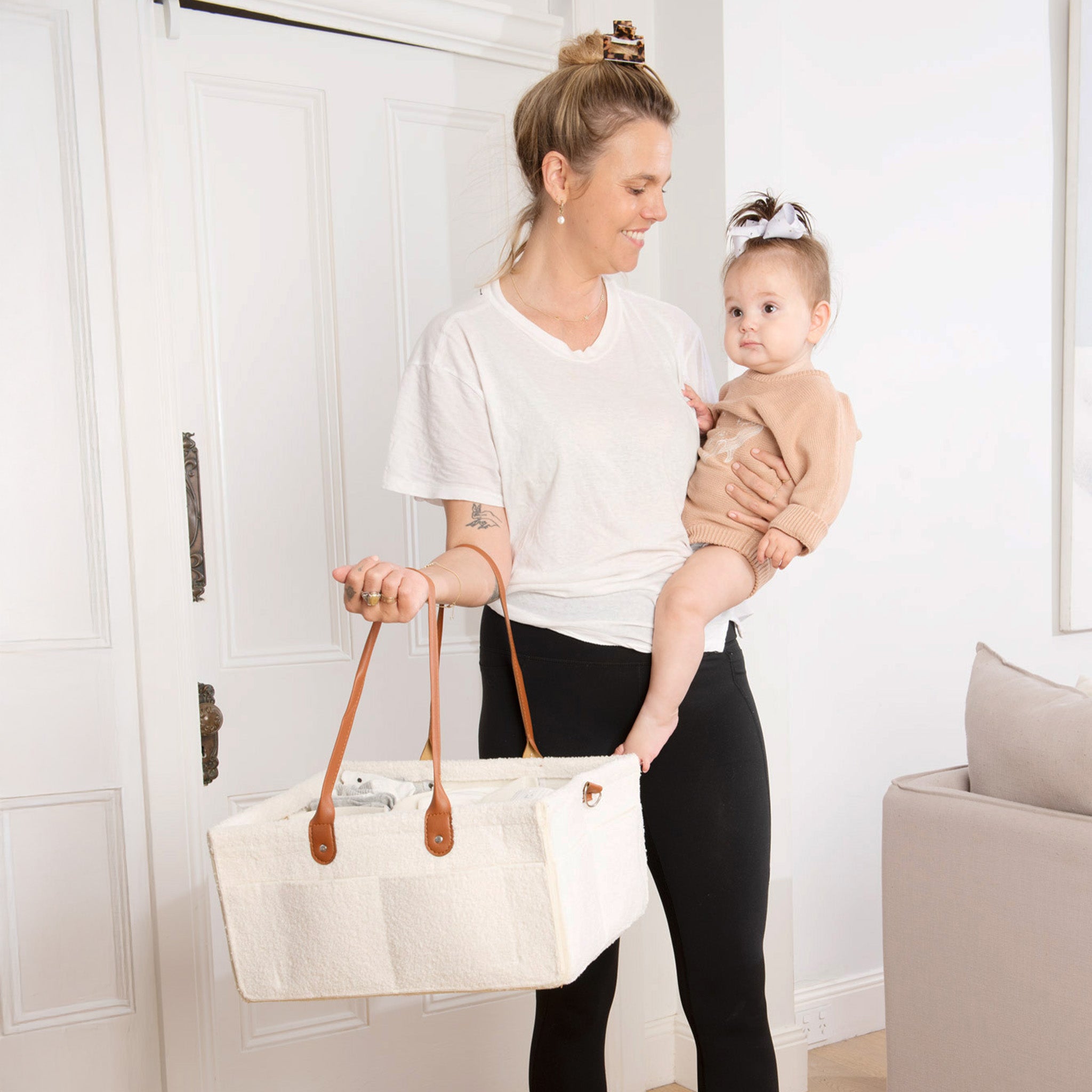There are things you'll learn to do after becoming a mother that your pre-baby self would find unbelievable. Trimming tiny fingernails using only your teeth? All over it. Boiling a saucepan of water to cook pasta while cradling a sleeping baby? Could do it with your eyes closed.
I personally feel like I reached mother Goddess status the time I managed to take both my older children to the bathroom ON A PLANE while keeping my sleeping toddler latched onto the breast. All without a nip slip. #mumgoals right there.
There is one skill however that can be tricky to learn. BUT, if mastered, can be a total game changer for the breastfeeding mum. That skill is feeding in a baby carrier.
The benefits of baby wearing are well known, for both mama and bub. On a practical level, baby wearing can be a lifesaver for mums with older kids or for those times when you just need to get stuff done with both hands. But what happens when the little koala snuggled into your chest decides they need a feed? After the palaver of getting them into your chosen carrier, the last thing you want to do is get them out again for a feed! The solution? Learning how to feed with them strapped to your chest.
We'll show you how and with a little bit of practice, you'll be hands-free feeding while pushing your toddler on the swing and sipping a latte in no time.
How to boob on the go
First things first, learning to breastfeed in your carrier will take some time. We recommend practising at home before taking things into the real world. It can also be helpful to give it a whirl when baby is nice and calm. Trying to manoeuvre your breast into the mouth of a tiny, angry newborn is not ideal, especially the first time you give it a go.
Things to consider:
- What you're wearing - Easy boob access is a given when you're breastfeeding. This becomes even more essential when baby wearing. When practising at home, you may want to go topless, just while you get the hang of things (it's great for your milk supply as well!) When venturing out and about, a breastfeeding singlet or t-shirt or something that can be easily slipped down (or up) will work best.
- What type of carrier you have - Just like babies, carriers come in a whole range of shapes and sizes. From slings and wraps to more structured options, there's a carrier out there to suit everyone. Many new mamas opt for a stretchy wrap carrier for their newborn when at home and while they're tiny, and a semi-structured carrier (like an ergo or baby bjorn) as their baby gets a bit bigger. It's possible to feed in almost every baby carrier, the way you do it might just vary slightly.
So how do I actually do it?
Behold the below video. We feel this is a much easier way to explain the ins and outs. And if you're a tired mama, you'll no doubt appreciate the lack of reading that needs to be done!
The first video shows how to feed your newborn in a semi-structured carrier (in this video, a Beco carrier). A semi-structured carrier is one with fixed straps which can be slipped on quickly and easily.
The second video shows an older baby/toddler feeding in the Ergo baby carrier which is also a semi-structured carrier.
The third video shows how to breastfeed in a stretchy wrap carrier, in this case, the Moby Wrap.
Important points to remember
Like with baby wearing in general, it's important to be aware of how to breastfeed safely in your carrier. ErgoBaby have the following tips to ensure a happy and safe experience:
- Baby’s face must be free of obstructions. Don’t cover their face and nose with the carrier or your breast. You should be able to see their nose and mouth, hear them sucking, and remain aware of their positioning as long as they are nursing.
- Maintain an open airway at all times. Your baby should never be in a position where their chin is against their chest, whether nursing, wearing or otherwise.
- Baby should be in a nursing position only when actively nursing. If you hear or feel the baby stop sucking, you should move them back to the high and tight position they began in, and re-adjust your carrier appropriately
Baby Wearing Safety
The QLD department of fair trading is the only Australian state that currently has safety guidelines for baby wearing. The acronym TICKS outlines basic safety and security for baby wearing parents.
T is for TIGHT—The sling should be tight with your baby positioned high and upright with head support. Any loose fabric may cause your baby to slump down, restricting its breathing.
I is for IN VIEW AT ALL TIMES—You should always be able to see your baby’s face by simply looking down. Ensure your baby’s face, nose and mouth remain uncovered by the sling and/or your body. Babies have suffocated while in slings.
C is for CLOSE ENOUGH TO KISS—Your baby should be close enough to your chin that by tipping your head forward you can easily kiss your baby on top of its head.
K is for KEEP CHIN OFF THE CHEST—Ensure your baby’s chin is up and away from their body. Your baby should never be curled so that its chin is forced onto its chest as this can restrict breathing. Regularly check your baby. Babies can be in distress without making any noise or movement.
S is for SUPPORTED BACK—Your baby’s back should be supported in a natural position with its tummy and chest against you. When bending over, support your baby with one hand behind its back and bend at the knees not at the waist.
Always consult a doctor before using a sling with a premature baby.
Note: It is important to follow the manufacturers guidelines for use and safety at all times.
Good luck mama! You got this!
Featured Image: Chekoh

